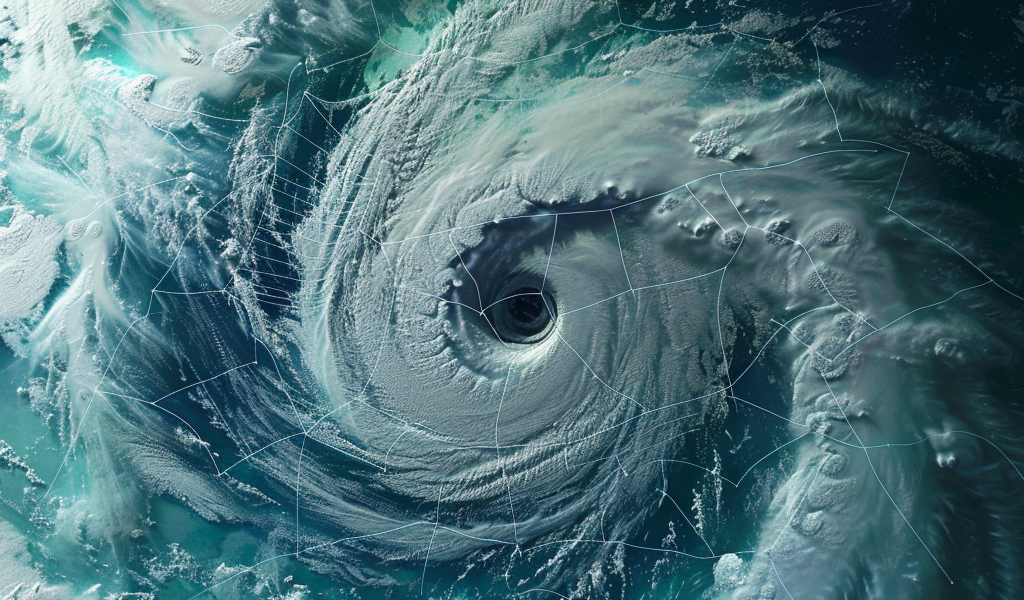Nasa has recently unveiled groundbreaking findings regarding Hurricane Helene, which made landfall on September 26, 2024. The hurricane not only brought destruction to coastal areas but also triggered significant atmospheric phenomena, as revealed by NASA’s Atmospheric Waves Experiment (AWE). This innovative technology, which was launched in November 2023 and is currently stationed on the International Space Station, is designed to monitor gravity waves in the Earth’s upper atmosphere.
The AWE technology captures atmospheric gravity waves—rippling patterns in the air that result from various atmospheric disturbances, including hurricanes, tornadoes, and thunderstorms. These waves can have profound effects on satellite operations, communication systems, and overall technological infrastructure. The data collected during Hurricane Helene’s impact on Florida’s Panhandle has provided invaluable insights into the relationship between severe weather events and atmospheric behavior.
According to Ludger Scherliess, the principal investigator for AWE at Utah State University, the scans taken during the hurricane’s approach revealed “enormous swells in the atmosphere” at altitudes of approximately 55 miles above the ground. The data illustrated how the hurricane generated circular waves that spread outward from Florida’s northwest coast, resembling the ripples created when a stone is dropped into a pond.
The imagery released by NASA showcases the impressive capabilities of the AWE technology, emphasizing its sensitivity in detecting the atmospheric impacts of hurricanes. This advancement not only enhances our understanding of how hurricanes influence the upper atmosphere but also aids in improving predictive models that can forecast the effects of such weather events on satellite and communication systems.
The AWE’s ability to monitor atmospheric waves in real-time represents a significant leap forward in atmospheric science and meteorological research. By providing a clearer picture of how severe weather events interact with the atmosphere, scientists can better prepare for the potential disruptions caused by these phenomena.
The implications of this research extend beyond academic interest; they have practical applications in disaster preparedness and response strategies. As climate change continues to influence the frequency and intensity of hurricanes, understanding their atmospheric effects becomes increasingly critical for safeguarding technology and infrastructure.
In related news, the aftermath of Hurricane Rafael, which recently struck Cuba, has left many without power. Efforts to restore electricity are ongoing, highlighting the broader impact of severe weather events across the Caribbean region. As communities recover from these storms, the insights gained from NASA’s AWE will play a crucial role in enhancing future response strategies and minimizing damage from similar events.
The data collected by AWE during Hurricane Helene not only contributes to our scientific understanding of atmospheric dynamics but also underscores the importance of continued investment in space-based technologies for monitoring Earth’s weather systems. As we face an era of increased storm activity, tools like AWE will be vital in helping us anticipate and mitigate the effects of natural disasters.
As NASA continues to analyze the data from Hurricane Helene, further revelations about the interplay between hurricanes and the atmosphere are expected. This research will undoubtedly pave the way for advancements in meteorology and improve our preparedness for future weather-related challenges.
In conclusion, the findings from NASA’s Atmospheric Waves Experiment provide a significant contribution to our understanding of the atmospheric consequences of hurricanes. As technology advances and our understanding deepens, we can expect more robust strategies to manage the impacts of these powerful storms on both local communities and global infrastructure.





